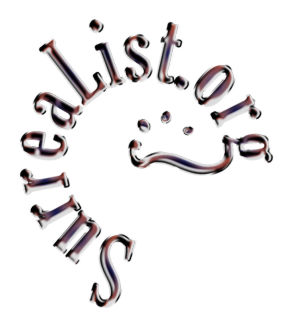
Hexagram Forty-one—Reduction
The time is right to reduce what is in excess and bring it into accord with what is right and reasonable. If this is done with sincerity, the subject's actions will bring good fortune.
The first line, yang, shows a person hurrying to help another. This is good, but the subject must be careful not to offer more than they can give.
The second line, yang, shows a person who maintains their own position, rather than starting a new adventure. It is better to remain steady than to extend oneself too far.
The third line, yin, shows three people on a journey together. The third person leaves, then the second. Walking alone, the first person finds companionship.
The fourth line, yin, shows a reduction in the burden one carries or the ailment one has, and it is an auspicious sign. Others can help, but most of the work is up to you.
The fifth line, yin, shows prosperity. Stand fast and expect what is coming to you. There will be help from a higher power.
The sixth line, yang, shows someone giving to others without reducing what is in their own storehouse. If the subject looks for purpose and direction for their energies and many will join them.
Hexagram Forty-one Commentary
This hexagram discusses hoarding and codependence. The idea of reduction is the cure for both problems. Think of reduction as simplifying life. The introduction recommends getting rid of excess to avoid hoarding. It says, "The time is right to reduce what is in excess and bring it into accord with what is right and reasonable." It's always a good idea to clear clutter.
The subject of the first line, yang, acts to help arrange other people's lives, while ignoring his or her own problems. In today's world we might say, "be careful not to offer more than you can give." Giving too much clutters up a person's time, and is another form of hoarding.
The subject of the second line, yang, knows how to turn down offers to do things for others. If the answer is no, say no. The line reminds, "It is better to remain steady than to extend oneself too far."
The third line, yin, shows three people who go on a journey. One by one, they go different directions. When it gets down to just one person, that person meets with new companions to walk with them. The message is each person in this group can take care of themself.
The fourth line, yin, shows how through simplification, reduction, we can reduce the burden we carry. It can also reduce the aliments we get, but the work of reduction and simplification is something we all must do for ourselves. Nobody else can do it for us.
The fifth line, yin, shows that if we simplify and focus on our lives, prosperity is more likely to come because of help from a higher power. The line advises: "Stand fast and expect what is coming to you."
The sixth line, yang, shows the influence of the higher power. This subject of this line gives to others "without reducing with is in their own storehouse." To reach this state of abundance takes help. However, the line advises the subject to "look for purpose and direction for their energies," others will join you.
To the reader: Most of the hexagrams have at least one line that predicts bad results, but that does NOT mean you are fated to that result. The hexagrams illustrate different attitudes, so study the actions and reactions to learn the attitudes that will lead to better outcomes.
The I Ching teaches you to flow with changes and create positive change from the inside through conscious living. Your future is in your hands. Consult the I Ching for ideas that lead to clear thinking and positive mental attitude. Reading the I Ching helps you take the time to reflect on your attitudes and ideas. Continue asking until you feel positive about your course.

Click here for another hexagram.
A note about this interpretation of the I Ching: Nori Muster wrote this version of the I Ching in 1994 and put it online at Surrealist.org in 2000. It is also available at Amazon:
e-book
paperback
